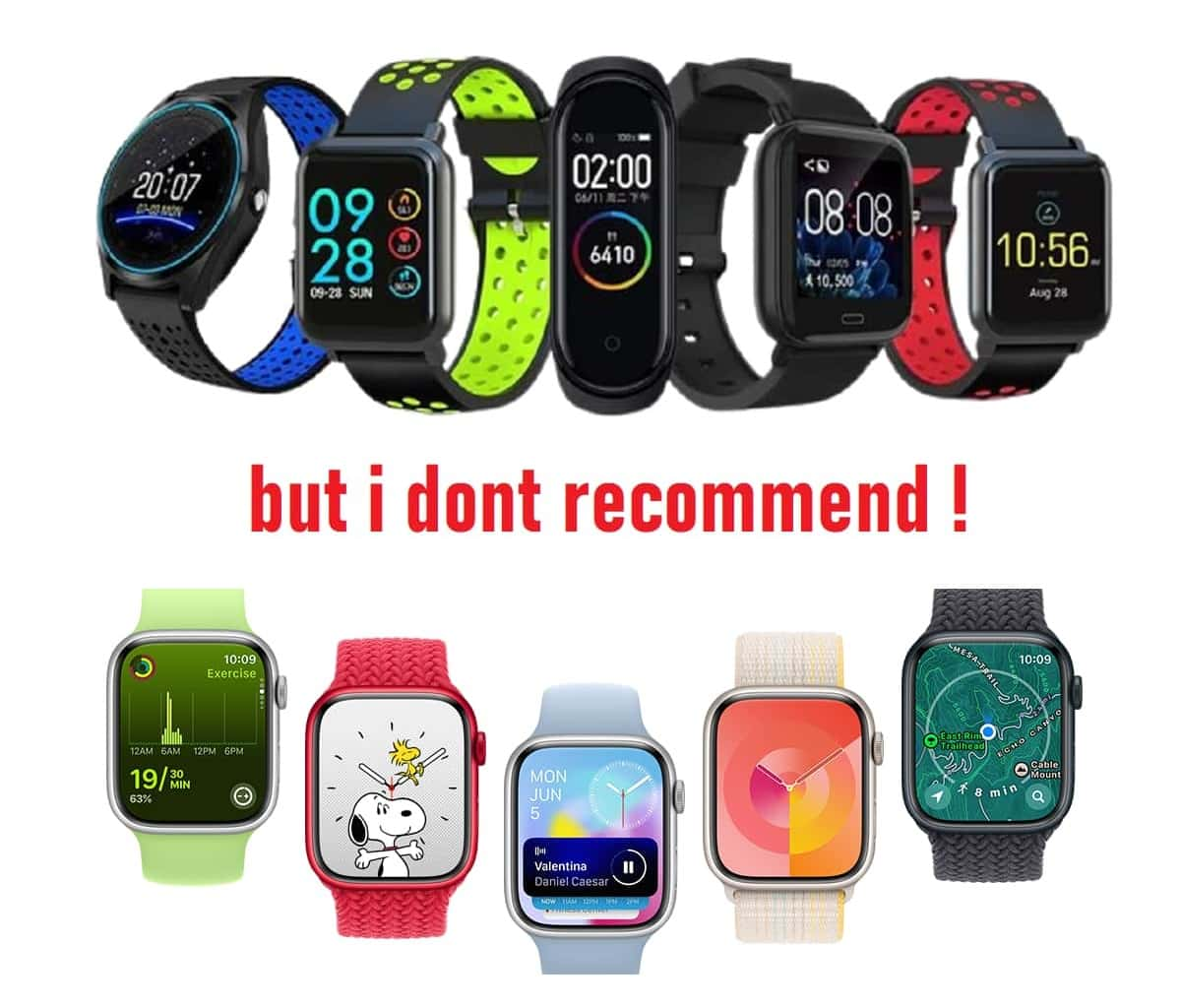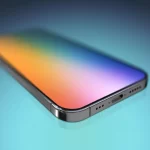Smartwatches have steadily been gaining capabilities over the years. With the ability to download apps, make payments, and receive notifications, some people have started wondering if smartwatches can fully replace smartphones. While smartwatches are getting more advanced, there are still some limitations that mean smartwatches can’t replace smartphones for most users yet.
Current Smartwatch Capabilities
It’s true that smartwatches have come a long way in recent years. Here are some of the tasks you can now do from your smartwatch:
- Receive and respond to notifications from your smartphone apps
- Make and receive phone calls
- Send and receive text messages
- Stream music over Bluetooth or LTE
- Download and use apps, including many popular smartphone apps
- Make payments with NFC
- Unlock doors and cars in some cases
- Provide turn-by-turn directions
- Track health and fitness data
Remaining Smartwatch Limitations
However, there are still some significant constraints that prevent smartwatches from replacing smartphones for most people:
- Small screens – Viewing long emails or documents is difficult on a tiny 1-2 inch smartwatch display.
- Limited storage – Music, apps, and media consume storage fast. Smartwatches typically max out at 32GB.
- Voice input challenges – Entering long text through dictation or tiny keyboards is tedious.
- App selection – Many smartphone apps don’t have smartwatch versions or equivalents.
- Processor constraints – Less computing power means certain processor-intensive apps struggle.
- Battery life – At 1-2 days max, smartwatch battery life lags far behind smartphones.
- Durability – Smartwatches are more prone to water, scratch and breakage damage with everyday use.
The Future Potential
Advancements in the next 3-5 years could make smartwatches more viable smartphone replacements:
- Improved voice input and dictation accuracy.
- Faster processors optimized for wrist-sized devices.
- Screens with higher resolutions and brighter displays.
- Additional LTE-enabled models for independent connectivity.
- More robust app ecosystems and storage capacity.
- Longer lasting battery technology.
- More durable designs better able to withstand drops and water.
Conclusion
For now, smartwatches are best viewed as companions to smartphones that enhance notifications, health tracking, communication, and other functions. But they cannot fully replace smartphones given constraints around screen size, input, processing power, and app selection. As the technology progresses, smartwatches may someday get close to delivering a true standalone wrist-based computing experience. But in 2023, smartphones remain far more versatile overall for most users.















